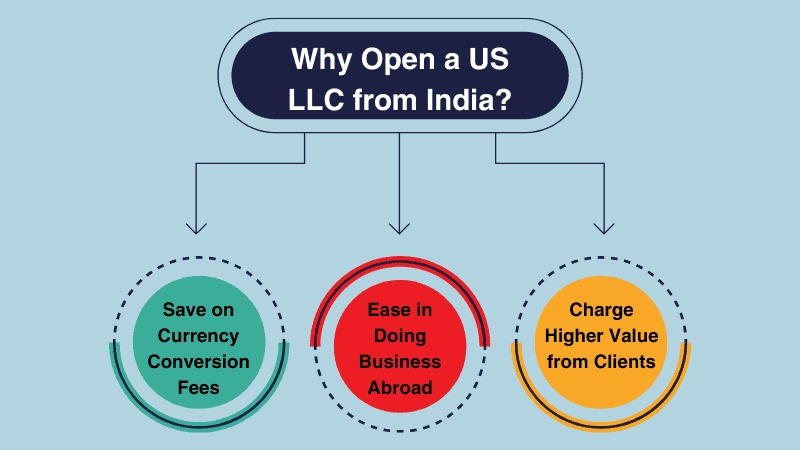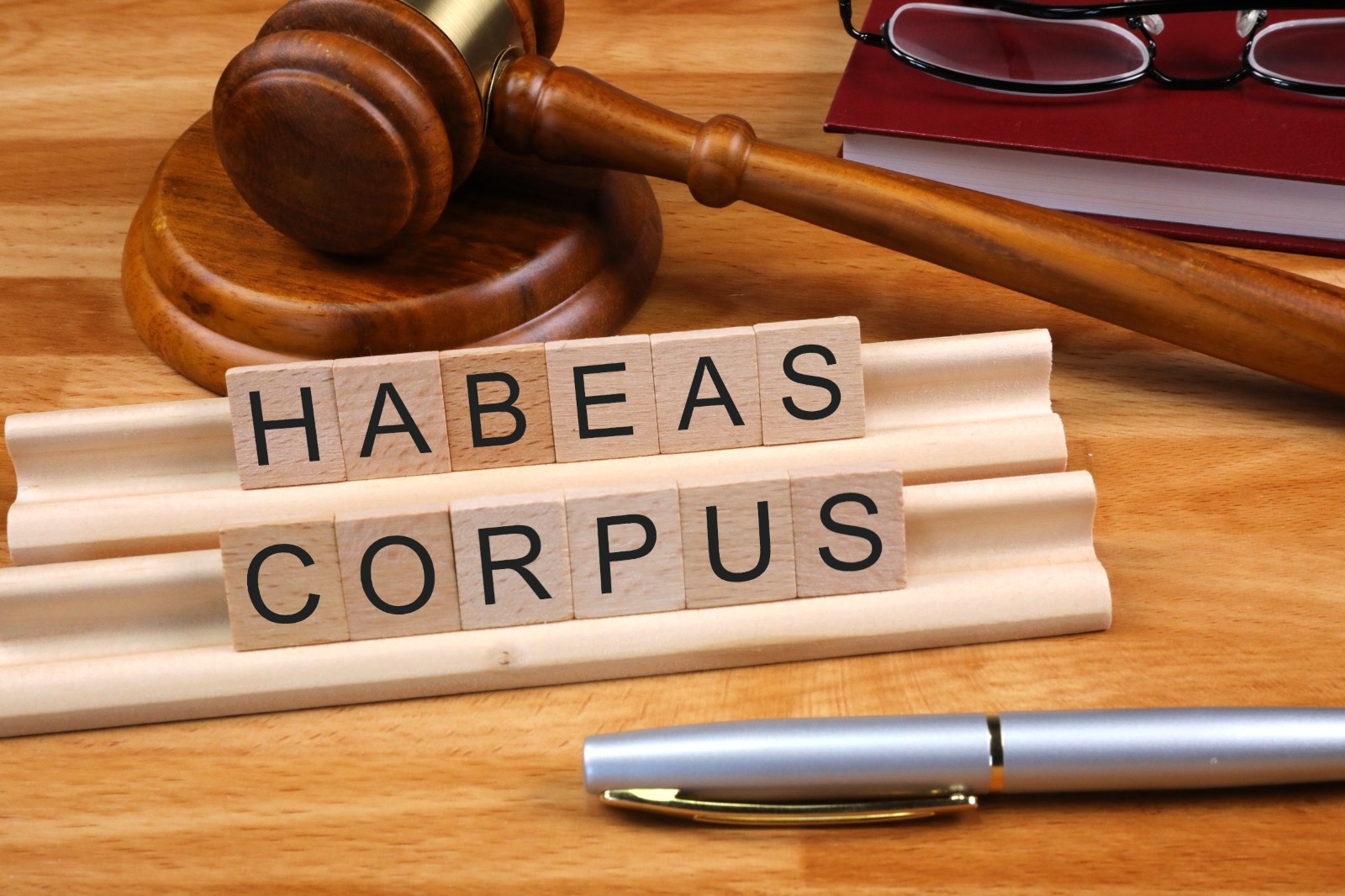Bharucha, J.@mdashThis reference concerns the uncollected fees of a practising chartered accountant and the issue to be considered is whether these fees form an asset upon which wealth-tax may be collected. The questions raised at the instance of the Revenue read thus :
"(1) Whether, on the facts and in the circumstances of the case, the Wealth-tax Officer was entitled to include the outstanding fees in the balance-sheet ?
(2) If question No. (1) is answered in the affirmative, whether liabilities should also be adjusted in the balance-sheet on accrual basis ?"
2. The assessment years with which we are concerned are the assessment years 1964-65 to 1969-70. The assessee was during the previous years relevant to these assessment years, a partner of the firm of M/s. C. M. Shah & Co., Chartered Accountants, and had a 45% share therein. The firm maintained its accounts on cash basis and upon that basis, drew up its balance-sheets and profit and loss accounts for the years under reference. In his wealth-tax returns for these years, the assessee valued his 45% share in the firm on the basis of the balance-sheets. The Wealth-tax Officer required the assessee to inform him of the approximate amount of the outstanding bills of the firm at the end of each of the two accounting years. The Wealth-tax Officer included 45% of the figures estimated by the assessee in this behalf in the assessee''s net wealth. He did not make any other adjustments in the value of the assessee''s share in the firm.
3. The assessee preferred appeals to the Appellate Assistant Commissioner. He excluded the additions made by the Wealth-tax Officer.
4. The Revenue carried the matter to the Income Tax Appellate ribunal. The Tribunal, following the judgment of the Orissa High Court in
5. Section 2(e) of the Wealth-tax Act, 1957, defines "assets" as "property of every description, movable or immovable". Section 3 charges to wealth-tax, the net-wealth of the assessee. Section 7, sub-sections (1) and (2)(a) are very relevant and read thus :
"7. Value of assets how to be determined. - (1) Subject to any rules made in this behalf, the value of any asset, other than cash, for the purposes of this Act, shall be estimated to be the price which in the opinion of the Wealth-tax Officer it would fetch if sold in the open market on the valuation date......
(2) Notwithstanding anything contained in sub-section (1), -
(a) where the assessee is carrying on a business for which accounts are maintained by him regularly, the Wealth-tax Officer may, instead of determining separately the value of each asset held by the assessee in such business, determine the net value of the assets of the business as a whole having regard to the balance-sheet of such business as on the valuation date and making such adjustments therein as may be prescribed..."
6. Rule 2 of the Wealth-tax Rules, 1957, deals with the valuation-of interest in partnership. Sub-rule (1) thereof is relevant and may be quoted :
"2. (1) The value of the interest of a person in a firm of which he is a partner or an association of persons of which he is a member, shall be determined in the manner provided herein. The net wealth of the firm or the association on the valuation date shall first be determined. That portion of the net wealth of the firm or association as is equal to the amount of its capital shall be allocated among the partners or members in the proportion in which capital has been contributed by them. The residue of the net wealth of the firm or association shall be allocated among the partners or members in accordance with the agreement of partnership or association for the distribution of assets in the event of dissolution of the firm or association, or, in the absence of such agreement, in the proportion in which the partners or members are entitled to share profits. The sum total of the amounts so allocated to a partner or member shall be treated as the value of the interest of that partner or member in the firm or association."
7. Rules 2A and 2C read thus :
"2A. Determination of the net value of assets of business as a whole. - Where the Wealth-tax Officer determines under clause (a) of sub-section (2) of section 7, the net wealth of the assets of the business as a whole having regard to the balance-sheet of such business, he shall make the adjustments specified in rules 2B, 2C, 2D, 2E, 2F and 2G."
"2C. Adjustments in the value of an asset not disclosed in the balance-sheet. - The value of an asset not disclosed in the balance-sheet shall be taken to be -
(a) in the case of a debt due to the assessee, the amount due to the assessee under that debt, and where such amount or part thereof has been allowed as a deduction under clause (vii) of sub-section (1) of section 36 of the Income Tax Act, 1961, in computing the total income of the assessee for the relevant year for the purposes of assessment under that Act, the amount of the debt as reduced by the deduction to be allowed;
(b) in the case of goodwill purchased by the assessee for a price, its market value or the price actually paid by him, whichever is less;
(c) in the case of managing agency rights purchased by the assessee for a price, its market value or the price actually paid by him, whichever is less;
(d) in the case of any other asset, its market value on the valuation date."
8. It is interesting to note that in section 5 which deals with exemptions in respect of certain assets, clause (xa) was introduced by the Finance Act, 1983, with effect from April 1, 1984. It states :
"in the case of an assessee who is carrying on a profession (being legal, medical, engineering or architectural profession or the profession of accountancy or such other profession as is notified by the Central Government in this behalf) and who regularly maintains books of account on the cash system of accounting, the amount of any fee due to him in respect of the service rendered by him in such professional capacity."
9. Mr. Jetly, learned counsel for the Revenue, submitted that the answer to the questions was squarely covered by the decision of the Supreme Court in
10. Mr. Palkhivala, learned counsel for the assessee, attempted to distinguish the aforementioned judgment by suggesting that it was delivered in a case where the provisions of section 7(1) had been applied. There is a misapprehension here. A reading of the judgment of the Orissa High Court shows that it was a case where the provisions of section 7(2)(a) had been applied. In any event, the Supreme Court''s judgment is cast in wide terms and would apply regardless of whether the assessment was made under the provisions of section 7(1) or (2).
11. Mr. Palkhivala drew our attention to rule 2A whereunder, when the Wealth-tax Officer determines u/s 7(2)(a), as here, the net value of the assets of the business as a whole, having regard to its balance-sheet, he is obliged to make the adjustments set out in rules 2B to 2G. Rule 2C is what is relevant here. It sets out what the value of an asset not disclosed in the balance-sheet should be taken to be. Provision is expressly made in respect of debts due to an assessee, goodwill purchased by an assessee and managing agency rights purchased by an assessee. In any other case, it is provided that the value of the undisclosed asset should be taken to be its market value on the vauation date. Mr. Palkhivala laid stress on the words "assets not disclosed in the balance-sheet", and, particularly, the word "disclosed". In his submission, rule 2C could only be applied in regard to an asset which ought to have been disclosed in the balance-sheet but had not been disclosed."Disclosed", in his submission, implied, in the context, that the asset ought to have been disclosed in the balance-sheet according to the ordinary principles of accounting. Thus, the sale price of immovable property would be required to be disclosed in a balance-sheet kept on cash basis, though not realised, because it related to the capital account. This did not apply to fees for professional services rendered which had not been received. They were not required to be disclosed because they related to income and, on cash basis, income which had not been received was not liable to be shown in the balance-sheet.
12. Income not received is not liable to be shown in the balance-sheet maintained on cash basis (See
13. Mr. Palkhivala fairly stated that he would not press for an answer to the second question.
14. In the result, the first question is answered in the affirmative and in favour of the Revenue.
15. No order as to costs.

